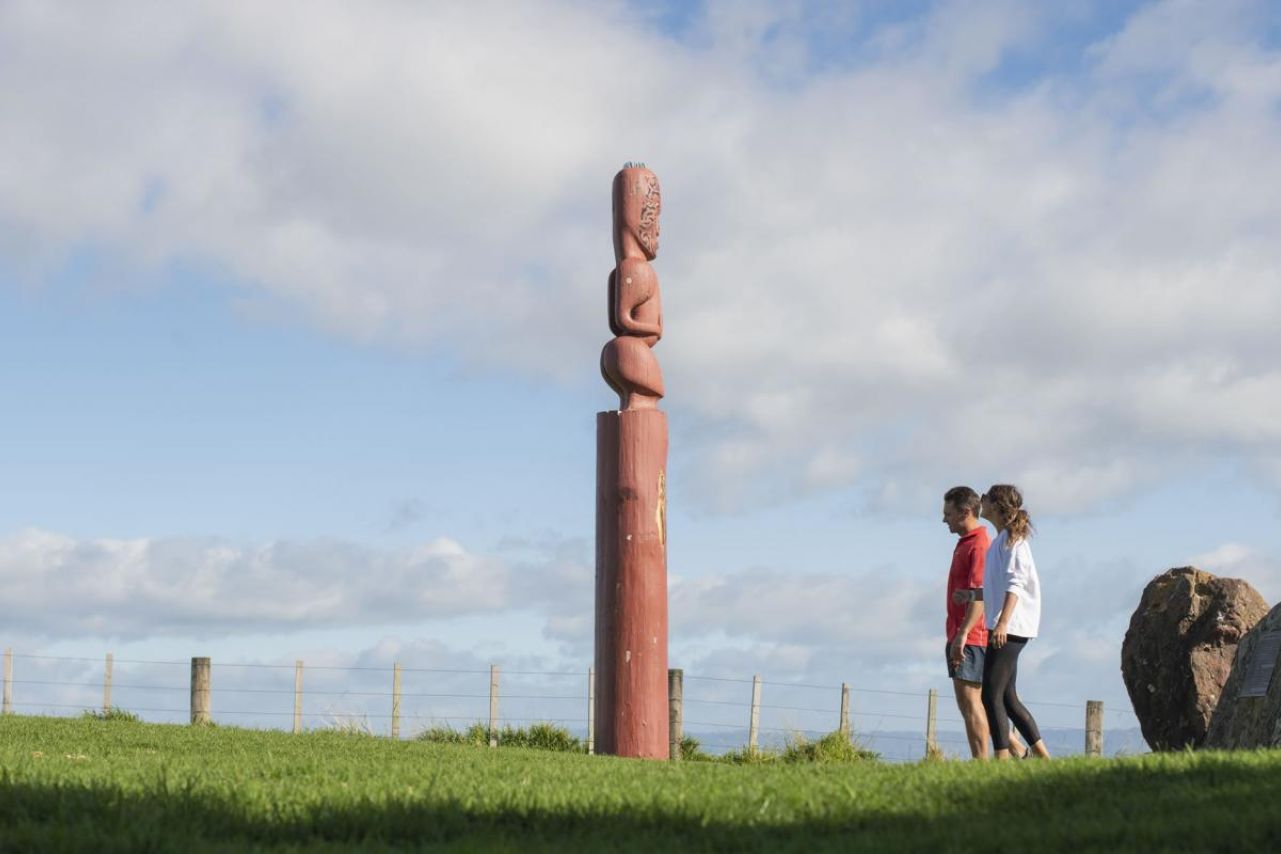Nearly 50% of the Whakatāne District population identify as Māori. The Council recognises iwi as Te Tiriti o Waitangi partners and acknowledges the deep whakapapa, mātauranga, and enduring responsibilities that iwi, hapū and whānau hold as tangata whenua and mana whenua.
Whakatāne District Council holds relationships with Ngāti Awa, Ngāti Mākino, Ngāti Manawa, Ngāti Rangitihi, Ngāi Tūhoe, Tūwharetoa ki Kawerau, Te Whakatōhea and Ngāti Whare. Their perspectives, lived experiences, and aspirations are central to advancing the collective wellbeing and future of our district
These iwi play a vital role in shaping the district's direction and values. Their language, knowledge and tikanga (customs) are woven through local schools, community initiatives, environmental stewardship, cultural events and governance.
Living here means being part of a community where Māori culture is not just celebrated - it’s part of daily life. From the kōrero (conversations) on the street to the way we engage with te taiao (the natural world), the connection to Māori values is real and visible.
For those new to the district, learning about local iwi offers a meaningful way to connect with the land, the people and the stories that shape Whakatāne today.

Living here means being part of a community where Māori culture is not just celebrated - it’s part of daily life. From the kōrero (conversations) on the street to the way we engage with te taiao (the natural world), the connection to Māori values is real and visible.
For those new to the district, learning about local iwi offers a meaningful way to connect with the land, the people and the stories that shape Whakatāne today.
|
Ngāti Awa Area: Whakatāne, Te Teko, Edgecumbe, Matatā, |
Ngāti Whare Area: Minginui, Whirinaki Forest, and eastern Te Urewera border |
|
Ngāi Tūhoe Area: Te Urewera ranges, inland valleys south |
Ngāti Rangitihi Area: Matatā, Tarawera River, Te Mahoe, and Lake Tarawera |
|
Ngāti Manawa Area: Murupara, Rangitaiki Valley, western |
Ngāti Rangitihi Area: Matatā, Tarawera River, Te Mahoe, and Lake Tarawera |
|
Ngāti Tūwharetoa (Bay of Plenty) Area: Galatea, Te Mahoe, southern Bay of |
Ngāti Mākino
Area: Maketū and inland Bay of Plenty through eastern ranges |
